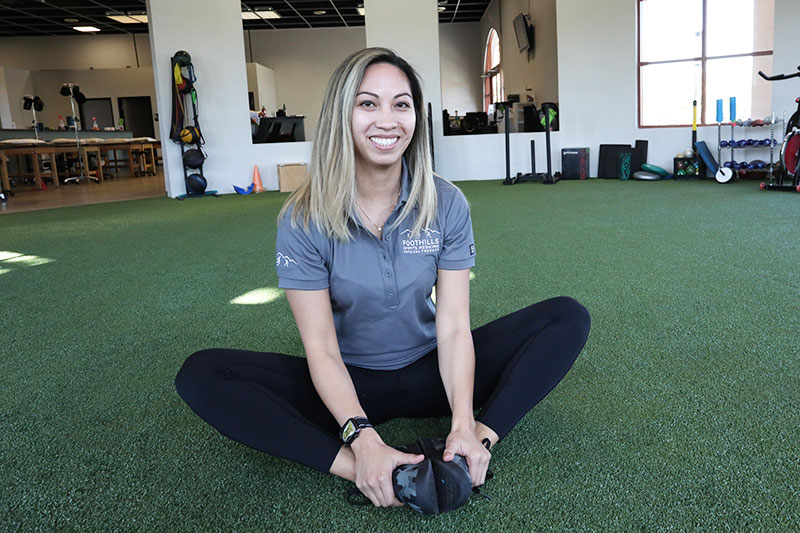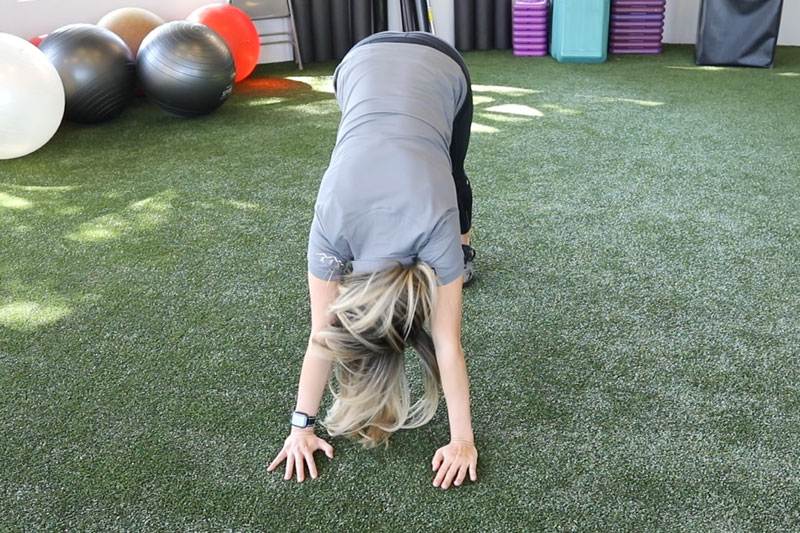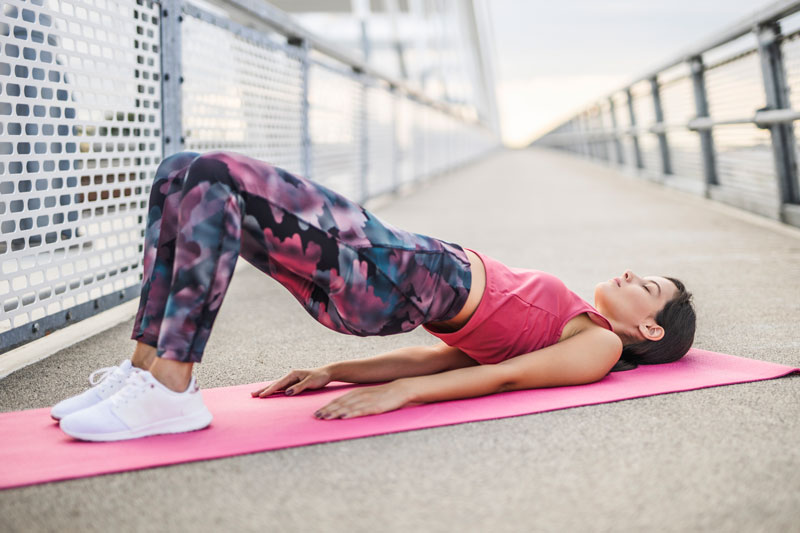Yoga has been studied and practiced for centuries, with as many different types of yoga as there are reasons to practice. From relaxation and increased flexibility to detoxification and restoration, yoga is hailed by practitioners as a cure-all for mental, physical, and spiritual health. But can it be used with physical therapy as a pain management solution?
Health Benefits of Yoga
The different types of yoga have many variations including how long the poses are held, the temperature and humidity of the room, and the use of props, but in general, yoga incorporates poses and movements with breathing exercises and meditation. These movements and relaxation techniques help to improve circulation, reduce stress and blood pressure, and improve flexibility and muscle tone, which are all great health benefits.
Physical Therapy Coupled with Yoga Can Accelerate Recovery
Traditional physical therapy (PT) is commonly used to treat ailments including muscle and joint pain, as well as recovery from injury and chronic pain. The health benefits gained from regular yoga practice improve circulation, muscle elasticity, balance, and increased range of motion. So it makes sense that, depending on the injury and type of pain, coupling yoga with physical therapy can help to accelerate recovery and treat pain.
5 Yoga Poses for Chronic Pain Relief
Start by taking a few deep breaths — the practice of yoga begins with finding your breath and managing it throughout your practice. Now you are ready to begin. Try the following five poses daily to improve chronic pain.
1. Butterfly Pose

Come to a seated position and bring the soles of your feet together. Keep your spine tall and abs pulled in tight. Grab hold of each foot with your hands and place elbows against your inner thighs. Keeping your spine long, inhale to prepare, and as you exhale, slowing lower your torso forward pausing when you feel the stretch. Hold for 30 seconds or more.
2. Child’s Pose

Child’s pose, also known as Balasana, is an excellent pose to continue opening up the hips. It is also a great pose to reduce anxiety and is one of the many yoga poses that allows you to relax and regain control of your breath.
Start kneeling on the floor with your big toes touching and sit back on your feet. Then, separate your knees wide enough to lay your body forward between them. Stretch your arms out in front of you and place your forehead on the ground. Lengthen your tailbone away from the back of the pelvis while you lift the base of your skull away from the back of your neck.
3. Downward Facing Dog

Downward facing dog is a commonly used pose throughout many different styles of flow and is often returned to before and after a sequence. Starting on your hands and knees, push up so your knees come off the ground while keeping your palms placed firmly on your mat under your shoulders. Push back through your hands to lift your hips and straighten your legs. Spread your fingers and ground down from the forearms into the fingertips. Outwardly rotate your upper arms to broaden the collarbones.
4. Bridge Pose

The bridge pose works and stretches the following muscles:
– Rectus and transverse abdominis
– Gluteus muscles
– Erector spinae
– Hamstrings
Begin by lying on your back with your knees bent. Use your core muscles to raise your lower back into an arch, leaving your shoulders resting on the ground. If you need to, you can use low back support in this posture, which stretches your chest and quad muscles.
5. Half Lord of the Fishes

Half Lord of the Fishes is the perfect pose to help with chronic back and hip pain. Here’s how it’s done:
- Start seated
- Draw your right foot in and cross it over your left leg
- Bring your left foot in to the outside of your right leg so they are crossed
- Lengthen your spine as you twist your body to the left
- Take your left hand to the floor behind you for support
- Move your right upper arm to the outside of your left thigh, or wrap your elbow around your left knee
- Try to keep your hips square to deepen the twist in your spine
- Turn your gaze to look over each shoulder, take a minute to roll out the neck
- Hold this pose for at least 30 seconds
- Repeat on the other side
Yoga for Back Pain?
Yes, in fact, a study from the U.K. tested chronic low back pain sufferers and found that patients suffering from low back pain saw increased benefits in mobility and pain management from attending one weekly yoga class, as opposed to those who didn’t practice yoga at all.
Now, it’s important to note that for some pain and injury yoga may not be a safe and plausible option. For example, if you’re recovering from shoulder surgery, performing even simple poses that incorporate shoulder strength and movement may prove to be challenging, painful, and detrimental to your recovery. As always, you should consult your doctor or health care professional before making any changes to your recovery plan, and be sure to notify your yoga instructor ahead of time as to any injury or pain you may have.

Physical & Mental Benefits
It’s also important to remember that your physical therapist has been trained to examine the body as a whole, the anatomy and how things work—or aren’t working—and what causes the pain and ailments that you experience. A yoga instructor is educated on how to guide practitioners through breathing exercises, poses, and meditation, but doesn’t necessarily have the training and knowledge of the body systems that your PT does.
When you pair the mechanical improvements of PT with the mental and physical benefits of yoga, the result is an overall healthier patient but it doesn’t mean you can swap out one for the other.
Interested in learning more about how to incorporate yoga into your physical therapy program? Speak with one of our knowledgeable pain management experts at a Foothills Sports Medicine Physical Therapy clinic near you.




